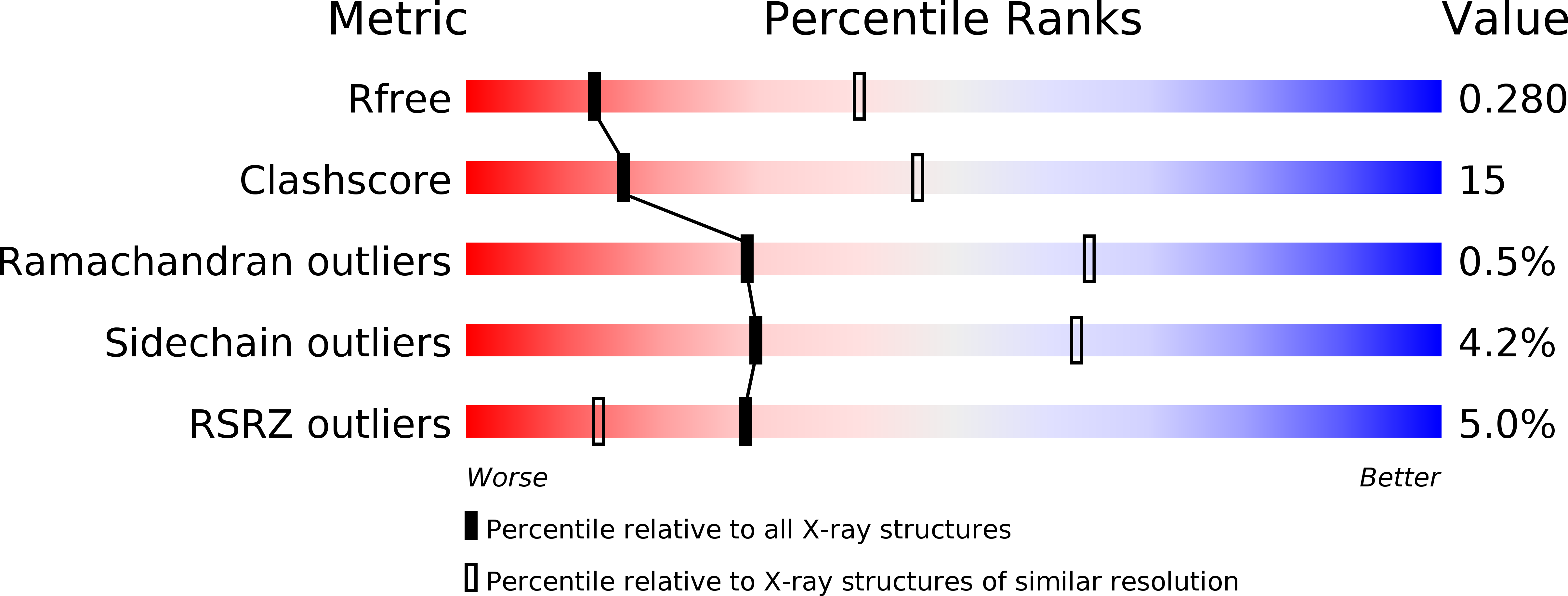
Deposition Date
2011-05-19
Release Date
2011-07-06
Last Version Date
2023-12-20
Entry Detail
Biological Source:
Source Organism:
ORYCTOLAGUS CUNICULUS (Taxon ID: 9986)
MUS MUSCULUS (Taxon ID: 10090)
MUS MUSCULUS (Taxon ID: 10090)
Host Organism:
Method Details:
Experimental Method:
Resolution:
3.10 Å
R-Value Free:
0.27
R-Value Work:
0.23
R-Value Observed:
0.23
Space Group:
P 43 21 2


